Proboscis monkeys are large primates named for their abnormally engorged noses. Only males of the species possess this odd appendage. Females have short, slightly upturned noses. They live primarily in Indonesia, specifically on the island of Borneo. Read on to learn about the proboscis monkey.
Description of the Proboscis Monkey
These monkeys have large bodies, long tails, and relatively long limbs. Males are larger than females, and stand just over two feet tall, while females are just under two feet tall.
The males have an oddly large nose, which looks somewhat like an under inflated balloon. Both males and females are grey colored, with orange fur on their heads, shoulders, arms, and stomachs.
Interesting Facts About the Proboscis Monkey
It’s not polite to stare, but we might make an exception for this odd creature. Proboscis monkeys do look incredibly strange, but they also have other interesting behaviors and traits. Learn more below!
- Echo Chamber – The male proboscis monkey’s nose isn’t just for show. These large primates use their noses to amplify the sound of their calls. This means that a larger nose = louder monkey.
- Sexual Selection – In the world of the proboscis monkey, the loudest male gets all the gals. For this reason, male monkeys with bigger noses tend to reproduce more. Because nose size passes on to the monkey’s offspring, their babies are more likely to have big noses as well. If only big-nosed males can breed, then only big-nosed babies are born.
- Webbed Feet – Most monkeys live in trees, and this species is no exception. However, proboscis monkeys also like swimming in the water. In fact, they are one of the few monkeys with webbing between their toes. They use this webbing to swim more efficiently and for longer distances.
- Monkeys and Cows – It might surprise you to know that proboscis monkeys are actually quite similar to cows. Not in appearance no, but in their dietary and digestive traits. These monkeys eat a variety of plants, and to better digest those plants they have multiple chambers in their stomachs. They also regurgitate their food (called “cud”) and chew it again, just like cows.
Habitat of the Proboscis Monkey
Proboscis monkeys are actually relatively picky about where they live. Their favorite habitats are forests, particularly those with water bodies nearby.
Because of this, they often live in mangroves, swamps, and rainforests along the edges of estuaries, streams, and rivers. They inhabit lowland ecosystems rather than higher elevations because there is more water and flooding.
Distribution of the Proboscis Monkey
This species of monkey lives only on the island of Borneo in Indonesia. They live nowhere else in the world. On Borneo, they inhabit primarily coastal regions, and normally only live on the southern or eastern coast of the island.
Diet of the Proboscis Monkey
This species is primarily herbivorous, and is particularly fond of fruit. They do occasionally feed on insects, like caterpillars and grubs.
Some of the types of plant matter they consume include fruit, berries, seeds, shoots, leaves, flowers, and more. Their diet varies based on the season and availability of food. When fruit is plentiful in the spring, they rarely eat anything else.
Proboscis Monkey and Human Interaction
Though humans do not heavily hunt them, this species remains in decline. Habitat destruction is their primary threat. The IUCN lists this species as Endangered, and they report that the population is declining. Because they only live in forested regions, especially mangroves and wetlands, when humans destroy their habitat their populations suffer heavily.
Domestication
Humans have not domesticated proboscis monkeys in any way.
Does the Proboscis Monkey Make a Good Pet
No, this species does not make a good pet. In fact, monkeys in general are not good pets. They have very specific social and dietary needs. It is also illegal to own a proboscis monkey as a pet in most places.
Proboscis Monkey Care
In zoos, these social creatures live in groups. Their enclosures have plenty of water sources for them to swim in, and a variety of climbing opportunities and hiding places.
Monkeys in zoos are important for the survival of the species as a whole. Zoos maintain records of all the animals outside of the wild, and breed the most distantly related animals so that their offspring are genetically diverse.
Behavior of the Proboscis Monkey
These monkeys live in groups, and small groups sometimes congregate at night. Groups consist of a single male and several females, though some groups are all male. Surprisingly, fighting between groups or males is minimal.
These monkeys are diurnal, and most active during the daytime. Most of their activity occurs up in the trees, but they do swim as well.
Reproduction of the Proboscis Monkey
Female proboscis monkeys typically only mate with the male leading their group. Their gestation period is approximately five and a half months, and they give birth to a single baby.
The mother begins to wean the infant when it is about seven months old, but the baby stays close to the mother until it is about a year old. Female monkeys stay in their group, but males leave to join all male groups, or to form groups of their own.

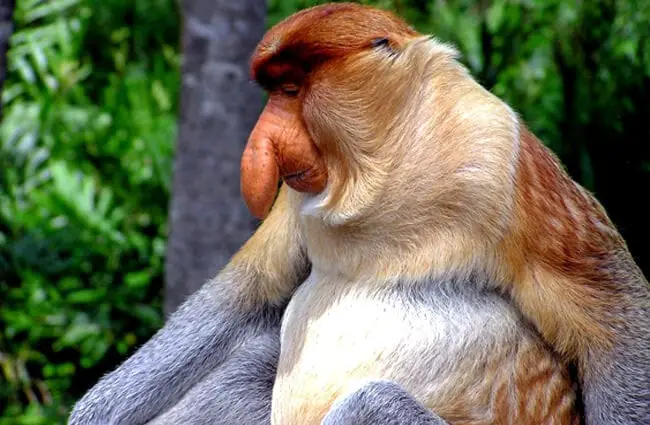
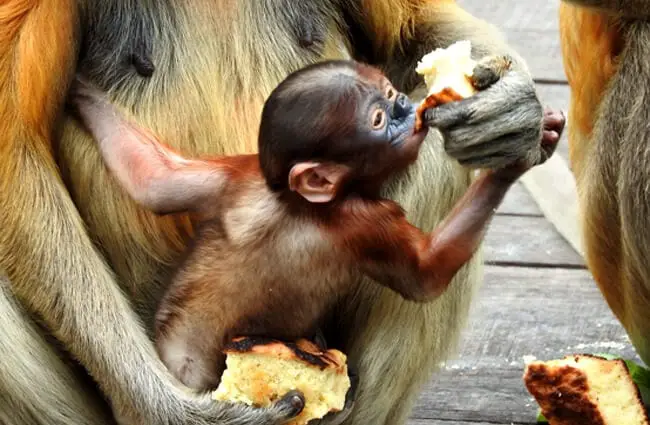

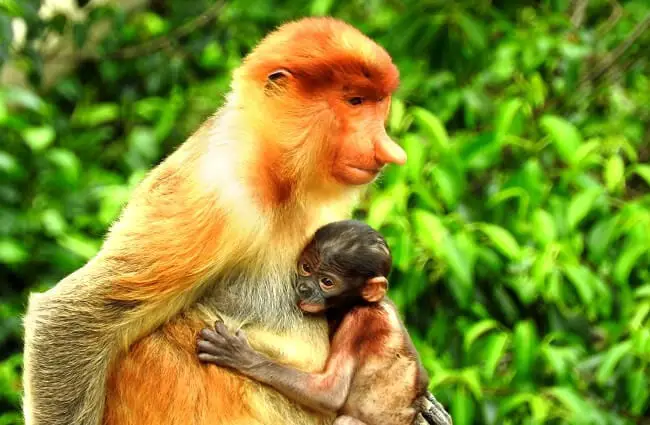
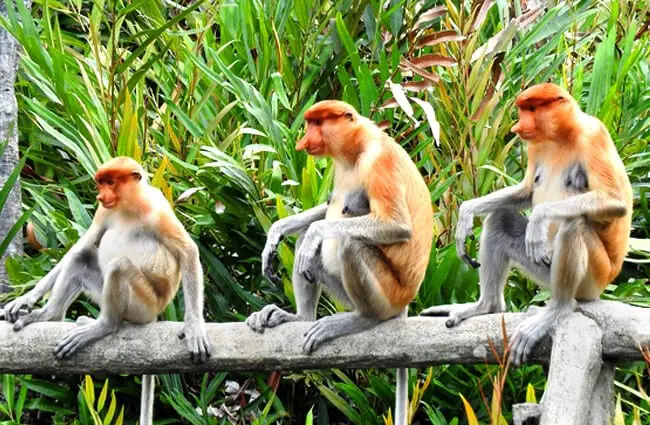

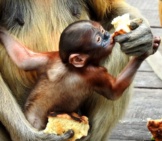
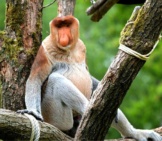
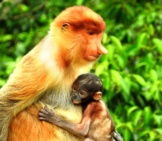

![Red Angus Closeup of a beautiful Red Angus cowPhoto by: U.S. Department of Agriculture [pubic domain]https://creativecommons.org/licenses/by/2.0/](https://animals.net/wp-content/uploads/2020/03/Red-Angus-4-238x178.jpg)












![Red Angus Closeup of a beautiful Red Angus cowPhoto by: U.S. Department of Agriculture [pubic domain]https://creativecommons.org/licenses/by/2.0/](https://animals.net/wp-content/uploads/2020/03/Red-Angus-4-100x75.jpg)

